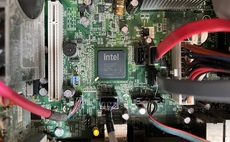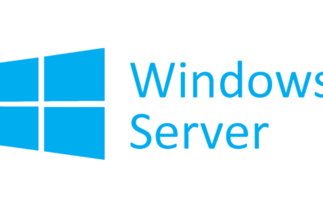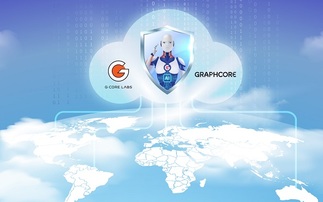Firm looks to build on its presence in the PC market to gain server market share
Lenovo has released the next generation of its ThinkServer line of x86 servers based on Intel's new Xeon E5-2600 v3 processor platform, and said that it intends to use its strength in the PC market...
To continue reading this article...
Join Computing
- Unlimited access to real-time news, analysis and opinion from the technology industry
- Receive important and breaking news in our daily newsletter
- Be the first to hear about our events and awards programmes
- Join live member only interviews with IT leaders at the ‘IT Lounge’; your chance to ask your burning tech questions and have them answered
- Access to the Computing Delta hub providing market intelligence and research
- Receive our members-only newsletter with exclusive opinion pieces from senior IT Leaders





















